The resurgence of ancient healing techniques in the modern era marks a fascinating intersection between historical wisdom and contemporary health practices. Once rooted in the mystic and cultural realms of early civilizations, these age-old methods are now gaining traction in today’s wellness and medical sectors. This article explores various ancient healing techniques, delving into their origins, principles, and their reinvention and application in our current health landscape. From acupuncture to Ayurveda, this exploration serves as a bridge connecting the past’s rich medical traditions with the present’s health needs.
Contents
- The Roots of Ancient Healing
- Traditional Chinese Medicine (TCM)
- Ayurveda – India’s Ancient Medicine
- Ancient Egyptian Medicine
- Native American Healing Practices
- The Integration of Ancient Techniques in Modern Medicine
- Challenges and Criticisms
- The Future of Ancient Healing in Modern Times
- Bridging Ancient Wisdom and Modern Health
- Related
The Roots of Ancient Healing
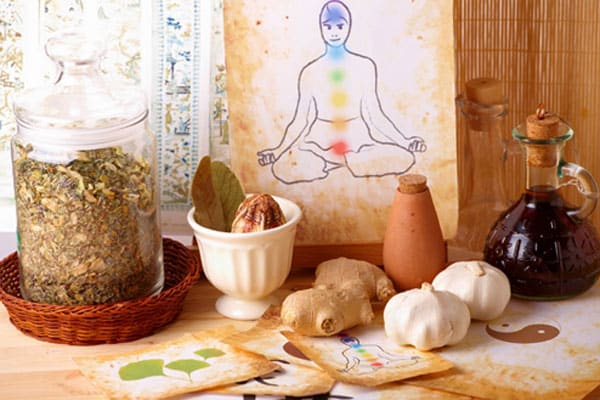
Ancient healing practices, steeped in centuries of tradition, are more than just medical treatments; they represent the philosophical and spiritual insights of early civilizations. These methods, varying widely across cultures, were deeply intertwined with the religious and philosophical beliefs of their times. Civilizations like the Chinese, Indians, and Egyptians were pioneers, developing sophisticated systems like Traditional Chinese Medicine, Ayurveda, and Egyptian medicine. Each system, unique in its approach, reflects the societal, environmental, and spiritual contexts of its origin.
These healing traditions were not just medical interventions but a way of life, embodying a holistic approach to health and wellness. They often emphasized harmony between the body, mind, and environment, a concept still relevant and appealing in our modern, fast-paced world. Their reliance on natural elements, like herbs and minerals, and practices like meditation and yoga underscore a deep connection with nature and self, principles that are increasingly resonant in today’s wellness culture.
Traditional Chinese Medicine (TCM)
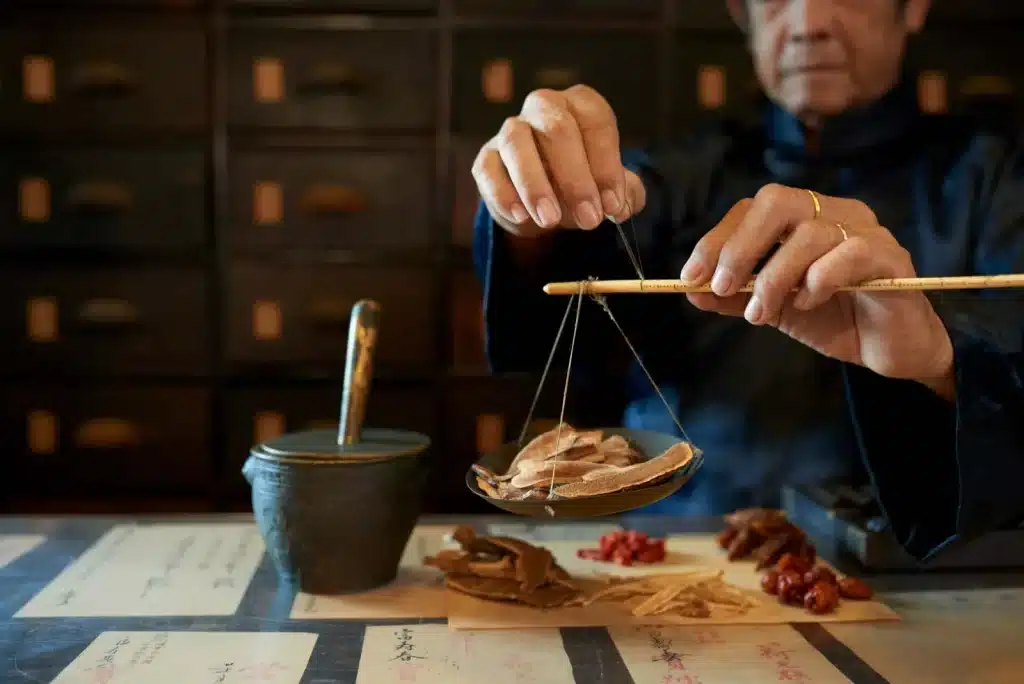
Traditional Chinese Medicine (TCM), one of the world’s oldest holistic healing systems, is based on the belief in an energy force called ‘Qi’ that flows through the body. Fundamental concepts such as Yin and Yang, representing opposing but complementary forces, and the Five Elements theory, which explains the interaction and balance of natural elements, are central to its philosophy. TCM encompasses various practices, with acupuncture being one of the most well-known. Acupuncture, involving the insertion of needles into specific body points, is widely used today for pain relief and a range of other health issues.
Herbal medicine forms another crucial pillar of TCM, with a rich pharmacopeia of thousands of medicinal substances derived from plants, animals, and minerals. Modern research is increasingly validating the therapeutic effects of these substances, although their integration into Western medicine is often challenging due to differences in medical paradigms. The global popularity of TCM, especially in the form of dietary supplements and holistic therapies, reflects a growing appreciation for its holistic approach to health and wellness.
Ayurveda – India’s Ancient Medicine
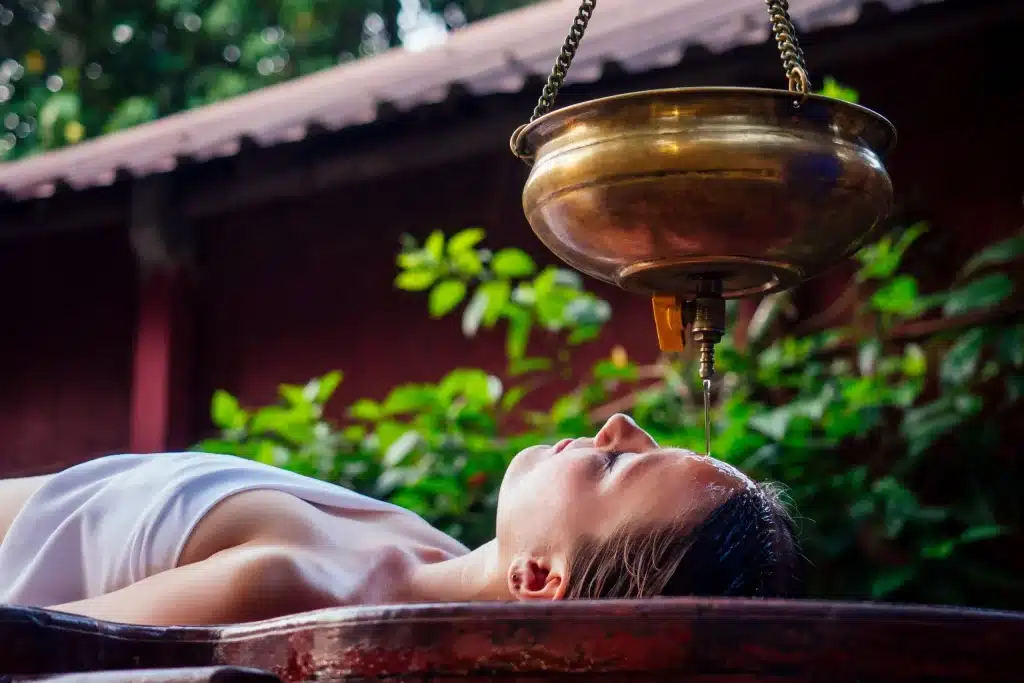
Ayurveda, originating from India over 3,000 years ago, is one of the world’s oldest holistic healing systems. It’s founded on the belief that health and wellness depend on a delicate balance between the mind, body, and spirit. Central to Ayurvedic medicine are the Doshas – Vata, Pitta, and Kapha – which are energy types believed to circulate in the body and govern physiological activity. Ayurvedic treatments often involve dietary changes, herbal remedies, and lifestyle adjustments tailored to an individual’s Dosha balance.
Modern times have seen a surge in the popularity of Ayurvedic practices, particularly in the realms of dietary and lifestyle choices. Ayurvedic diets, emphasizing whole foods and balanced nutrition, align closely with contemporary notions of healthy eating. Yoga and meditation, integral parts of Ayurveda, have become ubiquitous worldwide and often recommended for stress management and general well-being. These practices, deeply rooted in the Ayurvedic tradition, highlight the system’s enduring relevance and its growing influence in the global wellness landscape.
Ancient Egyptian Medicine

Ancient Egyptian medicine was remarkably advanced for its time, encompassing a broad array of practices and remedies that influenced later Greek and Roman medicine. The Egyptians were adept at surgery dentistry and had an extensive understanding of pharmacology, particularly in the use of herbs and essential oils. They documented their medical knowledge in texts like the Ebers Papyrus, providing insights into their approach to healing, which often blended the medical with the magical. This holistic approach, treating the physical alongside the spiritual, bears similarities to modern integrative medicine practices.
The revival of interest in essential oils, one of the hallmarks of Egyptian medicine, is a notable aspect of their influence on modern wellness practices. Aromatherapy, which utilizes plant-based essential oils to improve physical and emotional health, echoes the ancient Egyptian belief in the healing powers of aromatic substances. Their surgical techniques, while primitive by today’s standards, laid the groundwork for some surgical practices still in use. The enduring legacy of Egyptian medicine is seen in how their ancient wisdom, though thousands of years old, continues to inspire and inform contemporary healing practices.
Native American Healing Practices
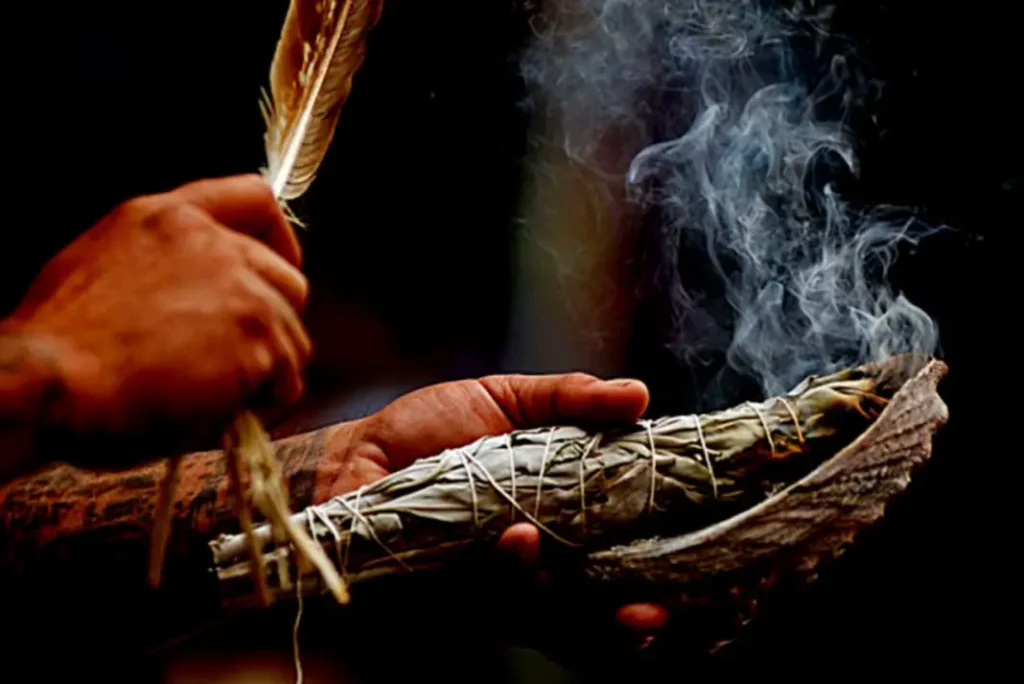
Native American healing practices are a rich tapestry of traditions, varying greatly among different tribes but commonly rooted in a deep connection with nature and the spiritual world. These practices include the use of medicinal plants, spiritual rituals, and purification rites, such as sweat lodges. The healing process is often holistic, focusing not just on the physical ailment but also on the spiritual and emotional well-being of the individual. Such practices emphasize the interconnectedness of all living things, a principle that resonates strongly in today’s increasingly interconnected global community.
In recent years, there has been a growing interest in incorporating Native American healing practices into modern holistic health approaches. This includes the use of herbal remedies, which are being studied for their potential in treating various diseases, and the adoption of spiritual and mindfulness practices for mental health. However, this integration also raises important questions about cultural appropriation and the ethical use of indigenous knowledge. It’s crucial to approach these practices with respect and acknowledgment of their cultural origins and significance.
The Integration of Ancient Techniques in Modern Medicine
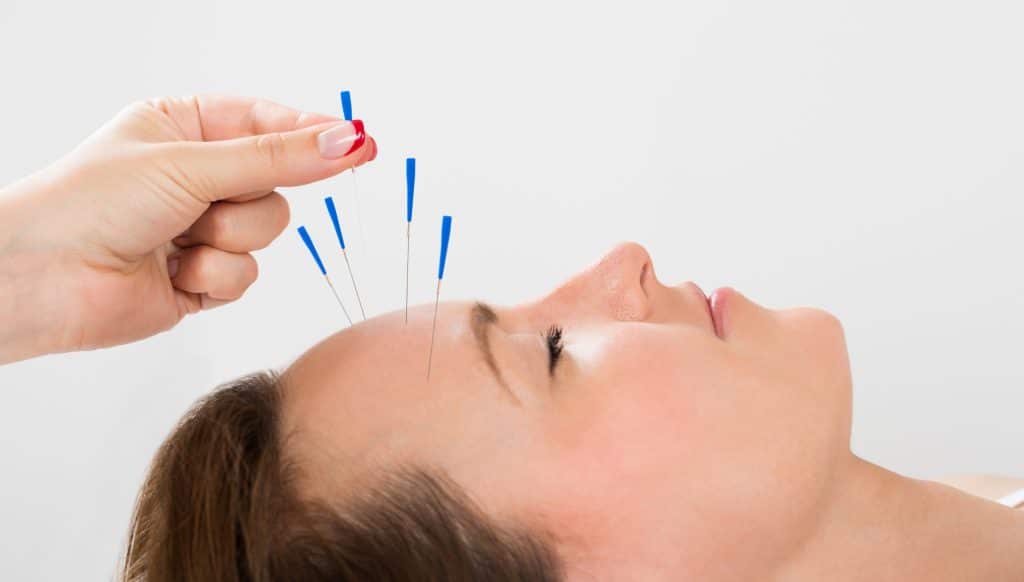
The integration of ancient healing techniques into modern medicine represents a significant shift towards a more holistic approach to health care. Hospitals and wellness centers are increasingly incorporating practices like acupuncture, yoga, and herbal remedies alongside conventional medical treatments. This integrative approach is not about replacing modern medicine but complementing it, offering patients a more comprehensive care plan that addresses both physical and mental health aspects.
One of the challenges of this integration is the need for scientific validation of ancient practices. While some, like acupuncture, have undergone extensive research, others still require more rigorous scientific scrutiny to be accepted widely in mainstream medicine. This integration also signifies a growing recognition of the value of preventive care and the importance of lifestyle and dietary choices in maintaining health. As modern medicine continues to evolve, the incorporation of ancient wisdom offers a more nuanced and patient-centric approach to healthcare.
Challenges and Criticisms
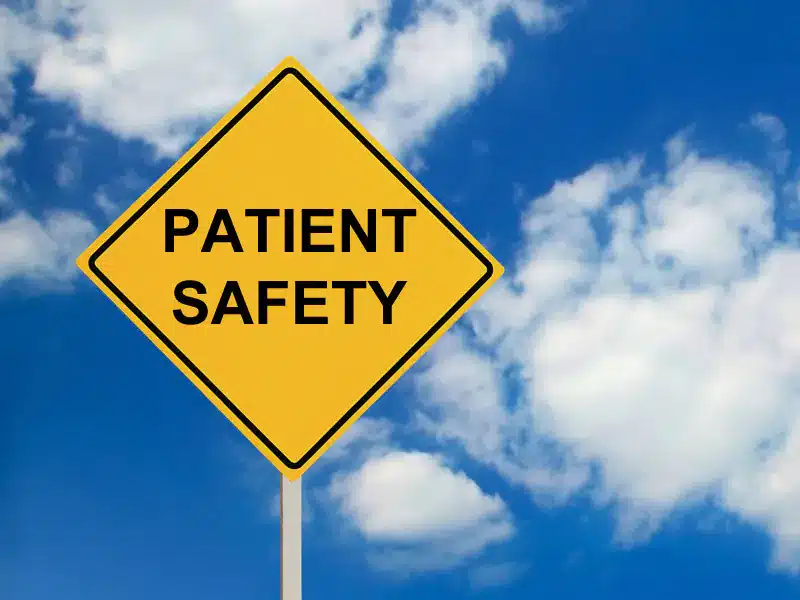
Despite the growing interest in ancient healing techniques, there are significant challenges and criticisms that come with their integration into modern healthcare. One of the primary concerns is the lack of scientific validation for many of these practices. Without rigorous clinical trials and scientific evidence, the medical community often remains skeptical about their efficacy. This skepticism extends to concerns over safety, quality control, and the potential for interactions with conventional medicines, particularly in the case of herbal supplements and remedies.
Another critical issue is the ethical aspect of using and commercializing traditional knowledge. There’s an ongoing debate about the appropriation of these techniques, especially when they are removed from their cultural and historical contexts. This raises questions about intellectual property rights and the benefits accruing to the indigenous communities who have been the custodians of this knowledge for centuries. Addressing these challenges requires a respectful, collaborative approach that honors the origins of these practices while rigorously testing their efficacy and safety in modern clinical settings.
The Future of Ancient Healing in Modern Times

Looking ahead, the fusion of ancient healing techniques with modern medicine presents an exciting frontier with immense potential. This integration could lead to a more comprehensive healthcare system that not only treats illness but also promotes overall wellness and prevention. There’s an increasing interest in exploring how ancient practices can inspire new medical discoveries and innovations, potentially leading to novel treatments and therapies. As the global community becomes more interconnected, the exchange of medical knowledge and practices across cultures can enrich the collective understanding of health and healing.
The future of ancient healing in modern times also hinges on the importance of preserving traditional knowledge. As these practices gain popularity, ensuring they are not lost or diluted in the process is crucial. This involves not only maintaining the integrity of the original practices but also adapting them to meet contemporary health needs and standards. The continued relevance of ancient healing in modern times lies in striking a balance between honoring the wisdom of the past and embracing the scientific advancements of the present, paving the way for a holistic, inclusive approach to health and wellness.
Bridging Ancient Wisdom and Modern Health
It is evident that these traditional practices offer more than just historical curiosity. They provide a holistic approach to health that complements and enriches our contemporary medical understanding. This exploration underscores the importance of balancing age-old wisdom with scientific rigor, offering a more rounded, patient-centered approach to health and wellness. As we move forward, the integration of these ancient techniques can lead us to a more comprehensive and inclusive healthcare paradigm, one that respects and utilizes the best of both worlds.


